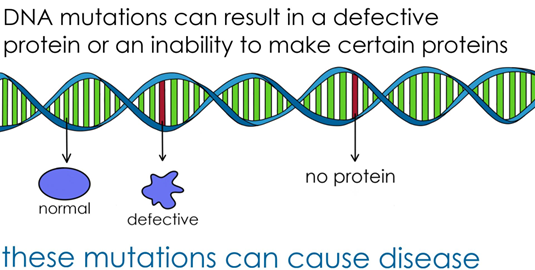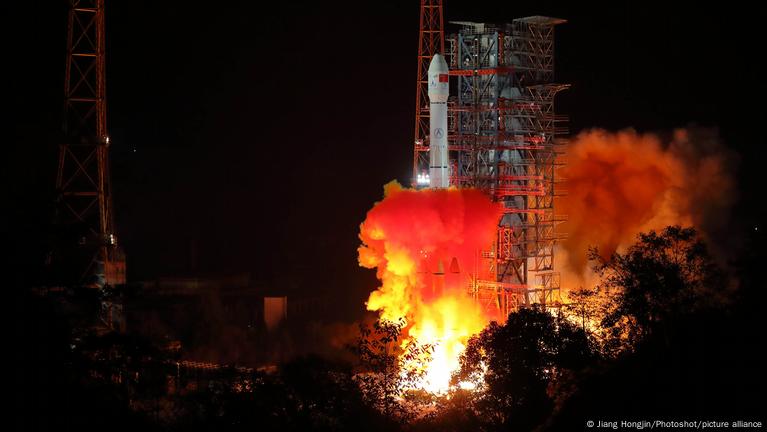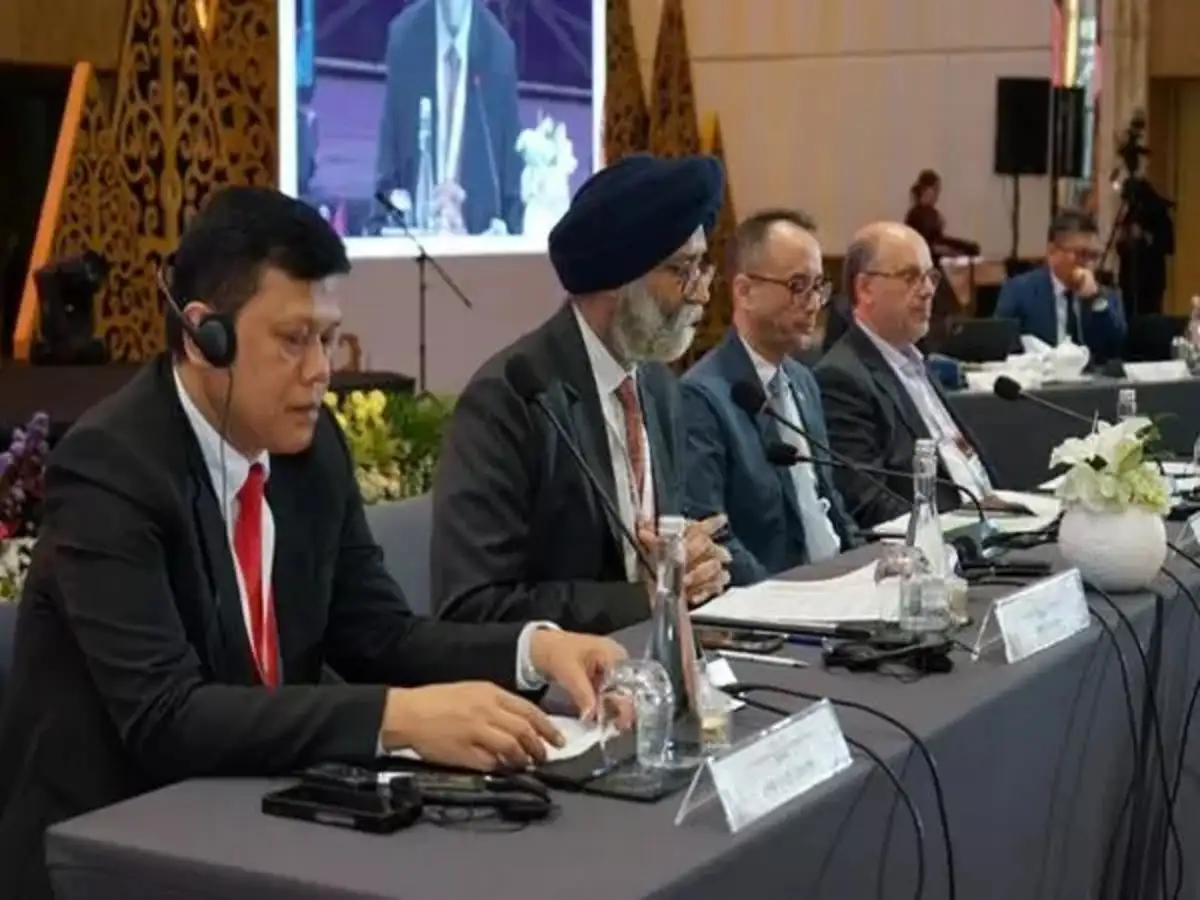- Courses
- GS Full Course 1 Year
- GS Full Course 2 Year
- GS Full Course 3 Year
- GS Full Course Till Selection
- Online Program
- GS Recorded Course
- NCERT (Recorded 500+ Hours)
- Polity Recorded Course
- Geography Recorded Course
- Economy Recorded Course
- AMAC Recorded Course
- Modern India, Post Independence & World History
- Environment Recoded Course
- Governance Recoded Course
- Science & Tech. Recoded Course
- International Relations and Internal Security Recorded Course
- Disaster Management Module Course
- Ethics Recoded Course
- Essay Recoded Course
- Current Affairs Recoded Course
- CSAT
- 5 LAYERED ARJUNA Mentorship
- Public Administration Optional
- ABOUT US
- OUR TOPPERS
- TEST SERIES
- FREE STUDY MATERIAL
- VIDEOS
- CONTACT US
World’s First Baby Treated with Personalized CRISPR Gene Editing
World’s First Baby Treated with Personalized CRISPR Gene Editing
27-05-2025
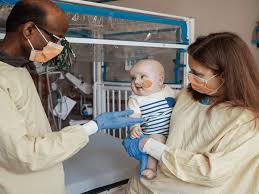
- In May 2025, a 9-and-a-half-month-old baby boy named KJ Muldoon became the 1st patient in the world to receive a personalized gene-editing treatment using the CRISPR technology.
- This historic treatment took place in Philadelphia and it also represents a huge step forward in medicine, especially for people with rare genetic diseases.
What Condition Did KJ Have and what is CPS1 deficiency ?
- KJ was born with a very rare and serious genetic disease called CPS1 deficiency (short for carbamoyl phosphate synthetase 1 deficiency).
- This disease is caused by mutation in one of KJ’s genes.
- Genes are like instruction manuals inside our cells that tell the body how to work properly.
- The gene mutation in KJ caused a problem that stopped his body from making an important enzyme needed for his liver to work properly.
- Without this enzyme, harmful waste called ammonia builds up in his body, which can be very dangerous and sometimes fatal.
- Usually, children with this condition need a liver transplant to survive.
What is a Mutation?
Why Do Mutations Matter?
How Do Mutations Happen?Mutations can happen in many ways:
|
Why Was This So Serious?
- For babies born with CPS1 deficiency, Without treatment, many children either die young or require a liver transplant — a risky procedure with a lifetime of follow-up care and potential complications.
- The usual treatments were harsh and limited: KJ had to eat a very restricted diet low in protein and take special medicines to reduce ammonia.
What is CRISPR-Cas9?
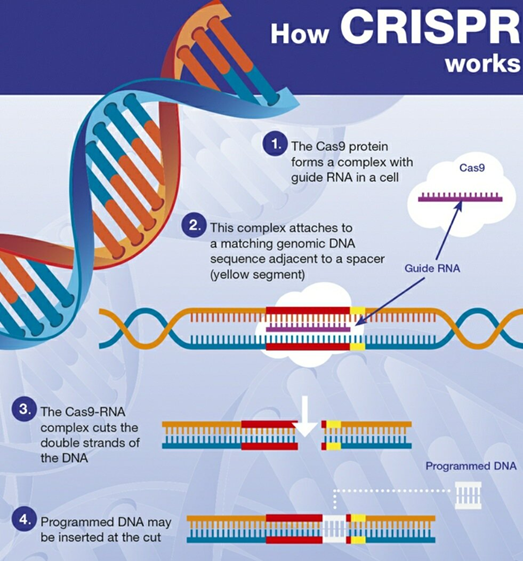
-
CRISPR-Cas9 is a powerful gene-editing tool that works like tiny scissors and it is also able to cut and fix DNA — the chemical instructions inside our genes.
-
It helps researchers to remove, add, or alter parts of the DNA in a very precise and controlled way.
-
It can be programmed to find and repair very specific mistakes or mutations in the genome.
-
This technology won the Nobel Prize in Chemistry in 2020 because of its potential to cure diseases caused by genetic mutations.
How Does CRISPR-Cas9 Work?
The CRISPR-Cas9 system is made up of two main parts that work together like a pair of tiny, smart scissors:
-
Cas9 Enzyme: This is a special protein that acts like molecular scissors. It can cut through both strands of DNA at a very specific spot.
-
Guide RNA (gRNA) : This is a small piece of RNA (a close cousin of DNA) that has been carefully designed by scientists to find and stick to a specific sequence in the DNA.
-
It’s about 20 letters long and helps Cas9 know exactly where to cut.
The Process Step-by-Step
-
The guide RNA searches through the DNA inside a cell, looking for the exact matching DNA sequence it was designed to find.
-
When it finds this matching spot, it binds tightly to the DNA there, like a GPS directing the scissors.
-
The Cas9 enzyme follows the guide RNA and cuts both strands of the DNA at that exact spot.
-
The cell sees this cut as damage and activates its natural DNA repair system.
-
Scientists can then use the cell’s own repair machinery to make changes to the DNA, such as fixing a mutation, removing a faulty piece, or inserting a new piece of DNA.
But How Did It Help in the case of this baby ?
-
What made KJ’s treatment unique was that it was personalized, meaning the therapy was specially designed for the exact mutation in his gene.
-
Scientists studied KJ’s DNA and created a customized version of CRISPR that could find and fix his specific gene error.
-
This personalized medicine was delivered as an infusion (a special liquid medicine) into KJ’s body.
-
They delivered this medicine using tiny fat particles called lipid nanoparticles, which protect the gene-editing tools as they travel to the liver.
-
The treatment traveled through his bloodstream to his liver cells.
-
Once inside, the molecular scissors cut the faulty DNA sequence and corrected it, allowing the liver to start making the right enzyme again.
Why Is This Treatment a Big Deal?
-
This treatment marks the first time personalized CRISPR gene editing has been used successfully in a human patient.
-
Most previous gene-editing therapies have targeted more common diseases where many patients share the same gene mutations — like sickle cell disease or beta thalassemia.
-
But many genetic diseases are rare, each caused by unique mutations that affect only a handful of people worldwide.
-
Until now, it wasn’t clear if gene editing could be customized for individual patients quickly and safely.
-
KJ’s case shows it is possible to design a unique therapy for one patient’s specific genetic problem — and that it can work well in real life.
This is why CRISPR-Cas9 is revolutionizing biology and medicine, making it possible to treat genetic diseases, improve crops, and study how genes work in amazing new ways.
Also Read |
|
NCERT Books For UPSC |
UPSC Daily Current Affairs |
UPSC Monthly Magazine |
Best IAS Coaching in Delhi |
Free MCQs for UPSC Prelims |
UPSC Test Series |
ENSURE IAS NOTES |
Our Booklist |

